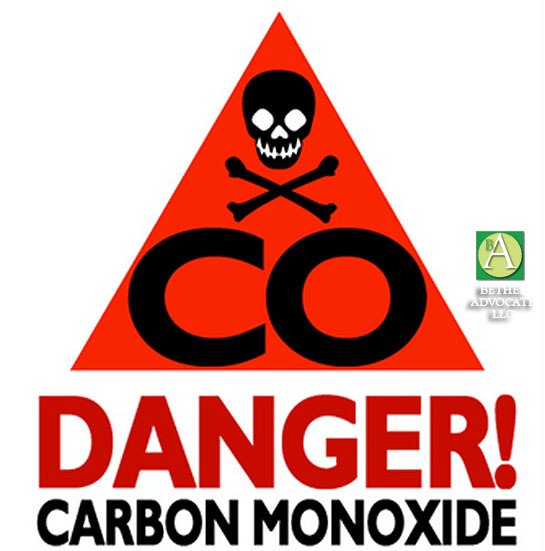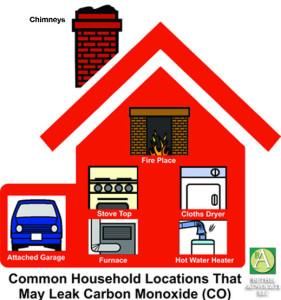
Carbon Monoxide poisoning is a topic about which nobody can be complacent. We’ve witnessed numerous near-misses in our community. Have working CO detectors. Know how they sound for various alerts. Take them SERIOUSLY.
Report by Paula Antolini
February 22, 2016 5:04PM EDT
Fire Department Issues Safety Message About Accidental Carbon Monoxide Poisoning
Message from Redding Fire and EMS Company #1:
Carbon Monoxide poisoning is a topic about which nobody can be complacent. We’ve witnessed numerous near-misses in our community. Have working CO detectors. Know how they sound for various alerts. Take them SERIOUSLY.
The Redding company referred to a story about a Michigan family of six (two adults and their four children) who lost their lives due to Carbon Monoxide poisoning, thought to be from a generator found inside the house. Click here for story.
Here are some Carbon Monoxide Safety Tips from the National Fire Protection Association (NFPA):
Often called the invisible killer, carbon monoxide is an odorless, colorless gas created when fuels (such as gasoline, wood, coal, natural gas, propane, oil, and methane) burn incompletely. In the home, heating and cooking equipment that burn fuel can be sources of carbon monoxide.
• CO alarms should be installed in a central location outside each sleeping area and on every level of the home and in other locations where required by applicable laws, codes or standards. For the best protection, interconnect all CO alarms throughout the home. When one sounds, they all sound.
• Follow the manufacturer’s instructions for placement and mounting height.
• Choose a CO alarm that has the label of a recognized testing laboratory.
• Call your local fire department’s non-emergency number to find out what number to call if the CO alarm sounds.
• Test CO alarms at least once a month; replace them according to the manufacturer’s instructions.
• If the audible trouble signal sounds, check for low batteries. If the battery is low, replace it. If it still sounds, call the fire department.
• If the CO alarm sounds, immediately move to a fresh air location outdoors or by an open window or door. Make sure everyone inside the home is accounted for. Call for help from a fresh air location and stay there until emergency personnel.
• If you need to warm a vehicle, remove it from the garage immediately after starting it. Do not run a vehicle or other fueled engine or motor indoors, even if garage doors are open. Make sure the exhaust pipe of a running vehicle is not covered with snow.
• During and after a snowstorm, make sure vents for the dryer, furnace, stove, and fireplace are clear of snow build-up.
• A generator should be used in a well-ventilated location outdoors away from windows, doors and vent openings.
• Gas or charcoal grills can produce CO — only use outside.
###



Leave a Reply